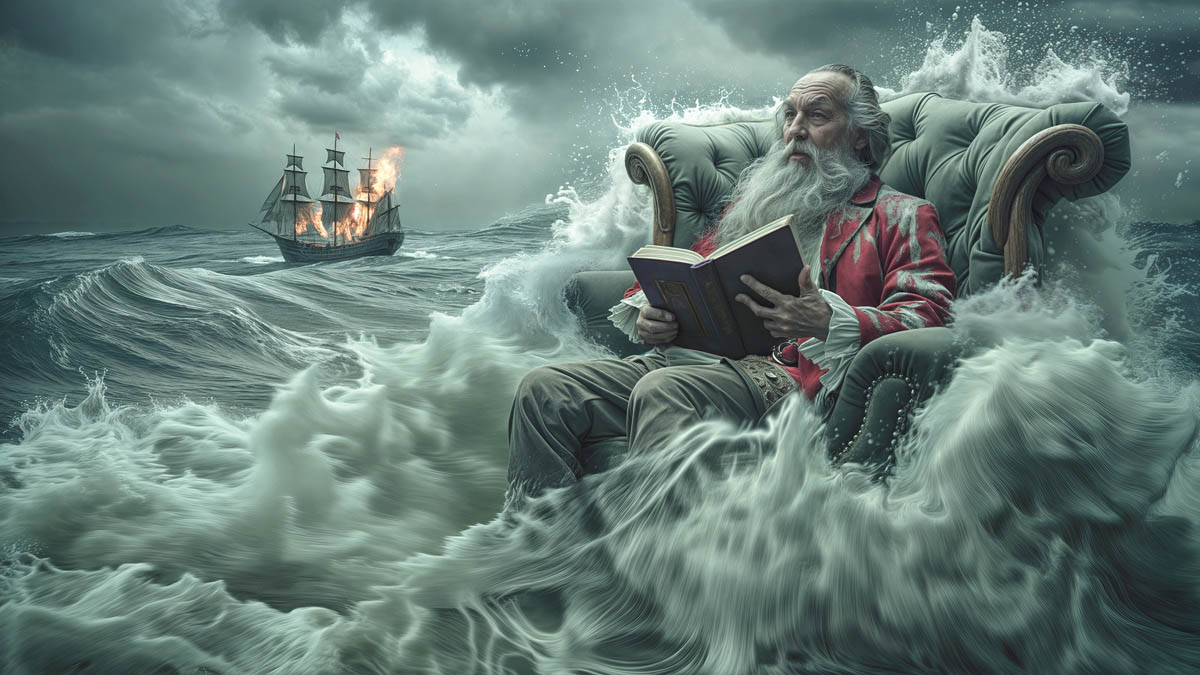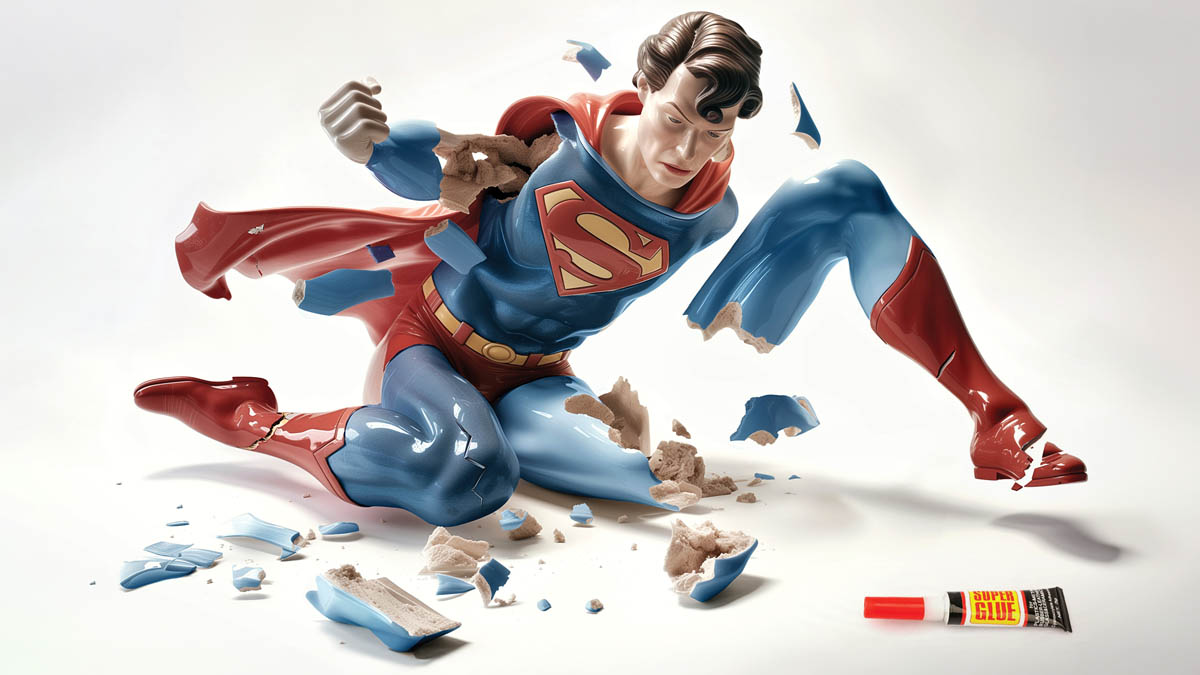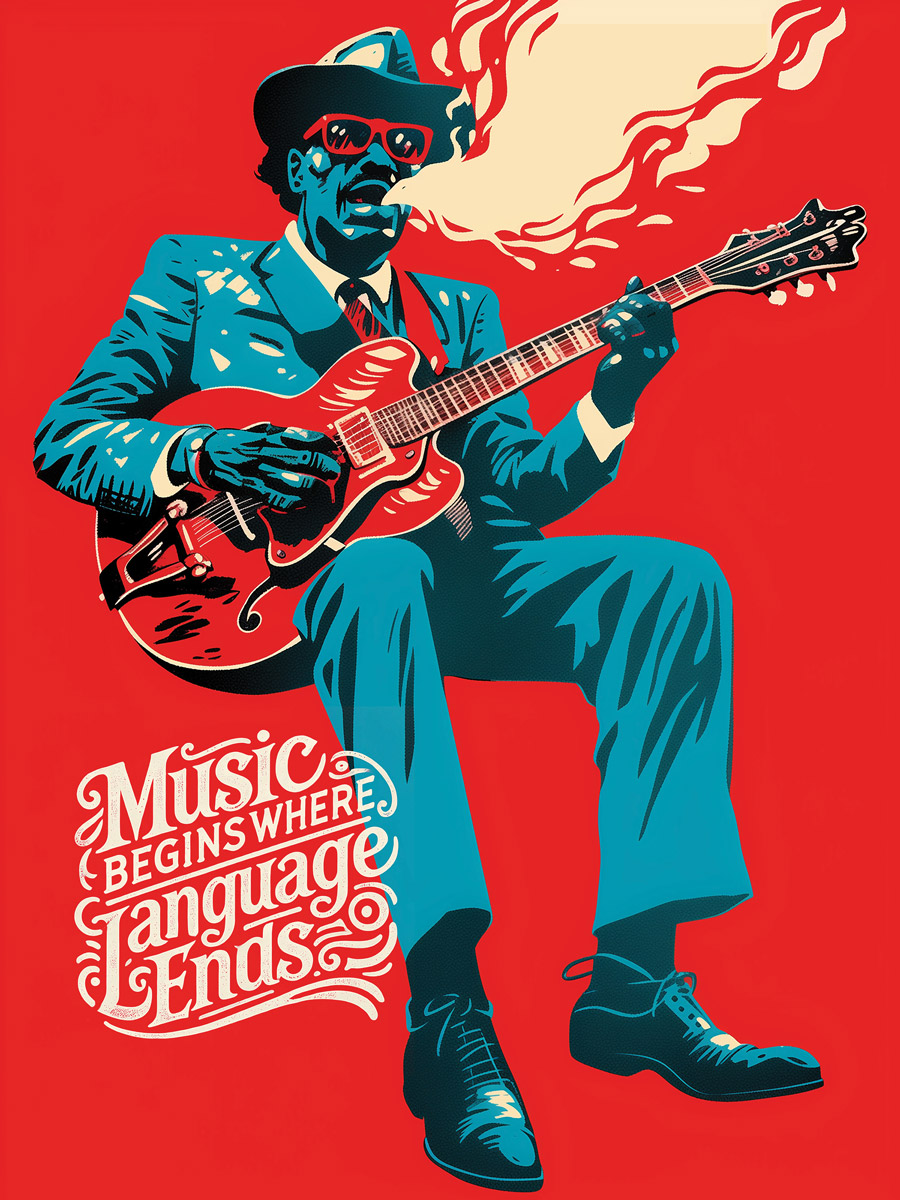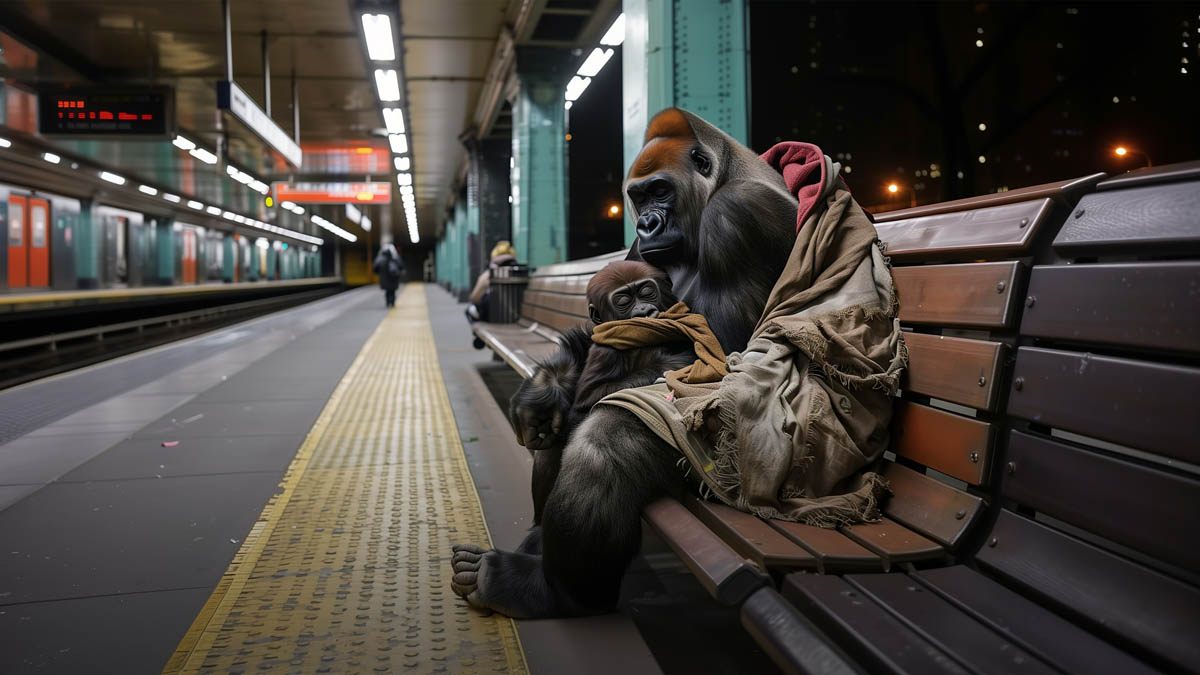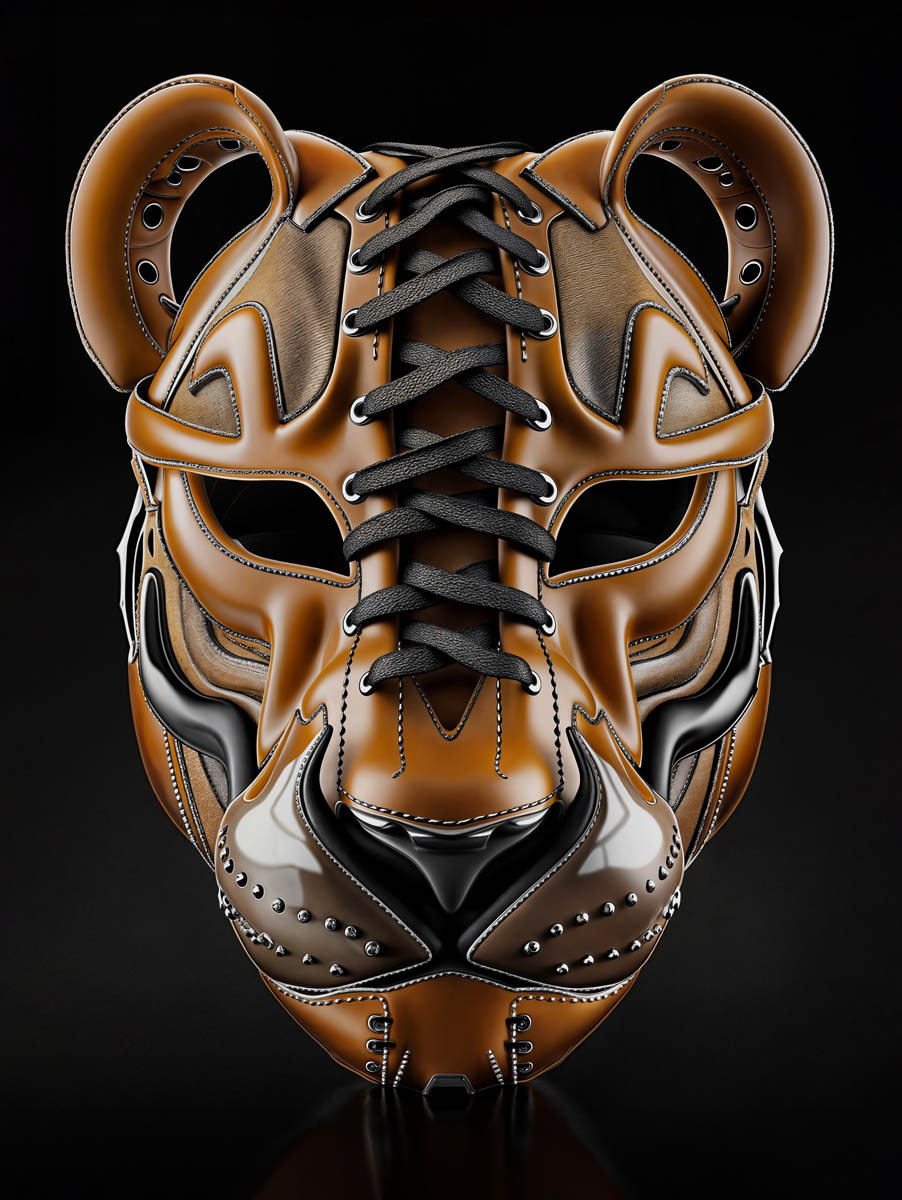
“AI has transformed the way I create, pushing me to re-imagine the boundaries of what’s possible.”
Oct. 8, 2024
New York, NY 10016, United States
Glenn Batkin is a versatile and passionate creative professional with decades of experience spanning various facets of the creative industry. Renowned for his leadership in art direction and creative direction, he has overseen creative teams, developed strategic initiatives, and ensured the delivery of best-in-class creative output across diverse projects. Beyond his executive responsibilities, Glenn is also a skilled designer and creative consultant, actively engaging in the hands-on creative process and providing expert advice on creative matters. His diverse skill set encompasses creative direction, advertising, art direction, and creative strategy, showcasing his adaptability and depth of expertise.
Embracing the intersection of creativity and technology, Glenn is an avid “AI Explorer,” frequently sharing and incorporating AI-generated artwork into his portfolio. Since discovering Midjourney in August 2022, he has seamlessly integrated AI into his artistic practice, pushing the boundaries of visual expression and redefining digital creativity. Additionally, Glenn is an accomplished photographer, known for his evocative street photography and ethereal captures of butterflies, which highlight his keen eye for detail and artistic range. Glenn Batkin's multifaceted career seamlessly blends traditional creative roles with innovative digital techniques, underscoring his commitment to storytelling, leadership, and the continuous evolution of creative expression.

“AI has transformed the way I create, pushing me to re-imagine the boundaries of what’s possible.”
I started working with Midjourney in August 2022, when the images were still quite rudimentary—rough around the edges but full of potential. Even then, it was clear that this was the beginning of something transformative. Since those early days, I’ve found myself sacrificing sleep for the sake of discovery—or maybe I’ve just learned how to dream a little quicker.
It’s difficult to pinpoint any singular influence—working as an art director means drawing from an expansive canvas of inspiration. Every project unfolds as its own unique journey, shaped by everything from traditional and modern art to photography, music, film, culture and literature. In truth, anything that sparks creativity is fair game.
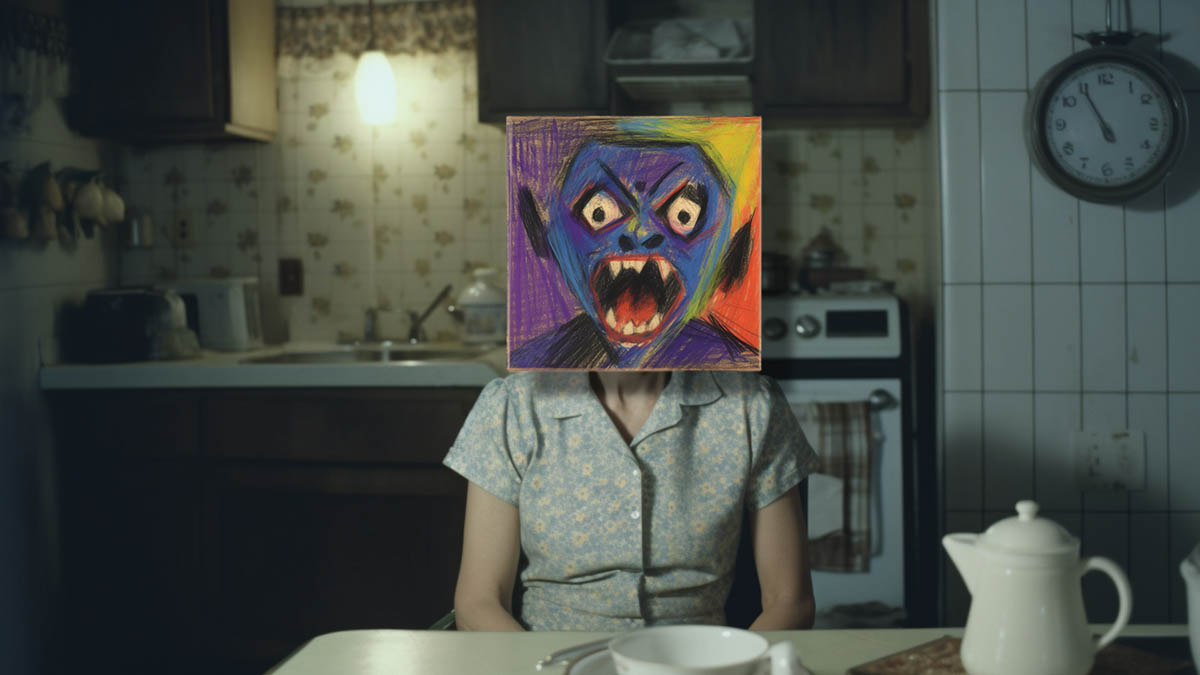
AI has transformed the way I create. It’s no longer about following the same familiar process, but rather about embracing a new perspective and using the technology to enhance my vision in ways I couldn’t before. It’s now woven into both my professional and personal work, seamlessly pushing me to re-imagine the boundaries of what’s possible.
My workflow with Midjourney, as with everything I create, always starts with the idea. The concept is what guides the process. I use the platform’s prompts and features to shape the outcome, but it’s always the idea steering the execution, never the reverse. From there, it becomes a matter of experimentation—tweaking, testing, and refining with Midjourneys modifiers. Rarely does perfection emerge on the first pass; it’s a process of iteration and discovery until the result fully takes shape.
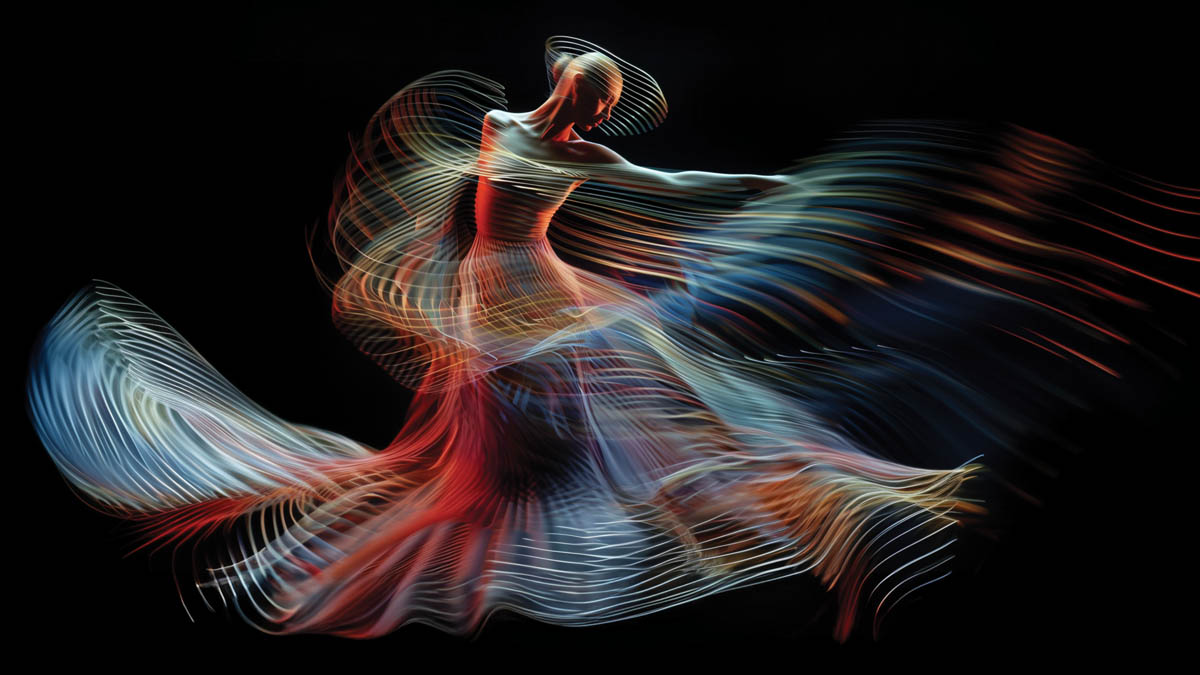
Each project has its own rhythm when it comes to prompt crafting. At times, the most effective approach is to map out every detail—much like a film treatment—covering action, environment, lighting, composition, and beyond. Other times, a simple visual reference or sref is all it takes to set things in motion. There’s something liberating about having multiple ways to approach an idea, giving each artist the freedom to choose what best serves both them and the project.
The style reference codes from Dream Prompts are growing rapidly, each with a description as evocative as a fine wine. I’ve tried a few and found them intriguing, and I plan to explore them further as part of my process.
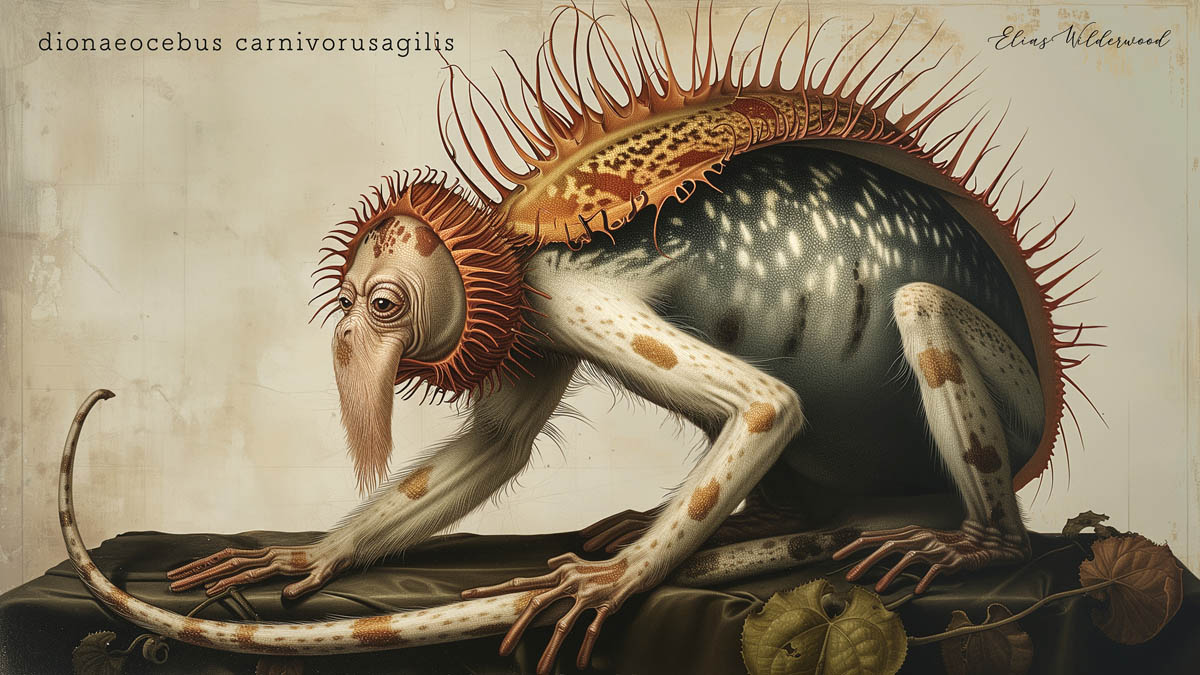
As an art director, I avoid committing to any single style. Each project demands its own unique visual language, tailored to the idea at hand. That’s the beauty of working with Midjourney—there are no limitations, no single approach. It’s all about exploration and experimentation. We’re at the very edge of a new visual landscape, with potential that is only starting to reveal itself.
One tip is to do your research—it can make all the difference in finding the right visual solution. For instance, if you’re working on something inspired by the Renaissance, immerse yourself in the language of the era. Explore museum websites or dive into fine art books to absorb the terminology and nuances of the style you’re aiming for. It’s about grounding your creativity in the right references to guide the result.
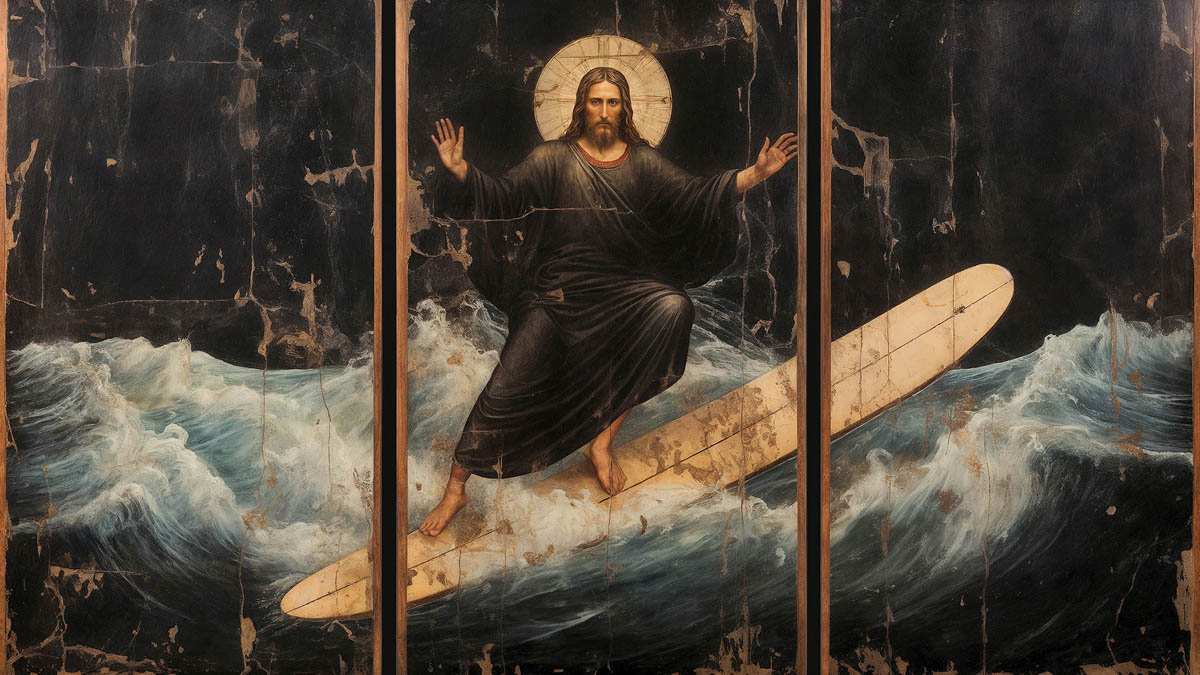
The future of AI-generated art is exhilarating because it’s reshaping creativity in ways we’re only beginning to grasp. It pushes us so far beyond traditional boundaries that the concept of ‘thinking outside the box’ becomes obsolete—soon, we may not even recognize the box, if it still exists at all.
We shouldn’t restrict the definition of art—our goal should be to expand it. While AI-generated art has sparked debates around what constitutes ‘real’ art, I see it as just another evolution in art’s long history. Movements like the avant-garde and conceptual art once challenged the status quo, but ultimately enriched our understanding of creativity. Traditional forms like painting didn’t disappear; they adapted and thrived. In the same way, AI art pushes the boundaries of imagination and expression. Whether or not we fully embrace it, there’s no denying that AI is reshaping the future of art. Only time will reveal its true impact.
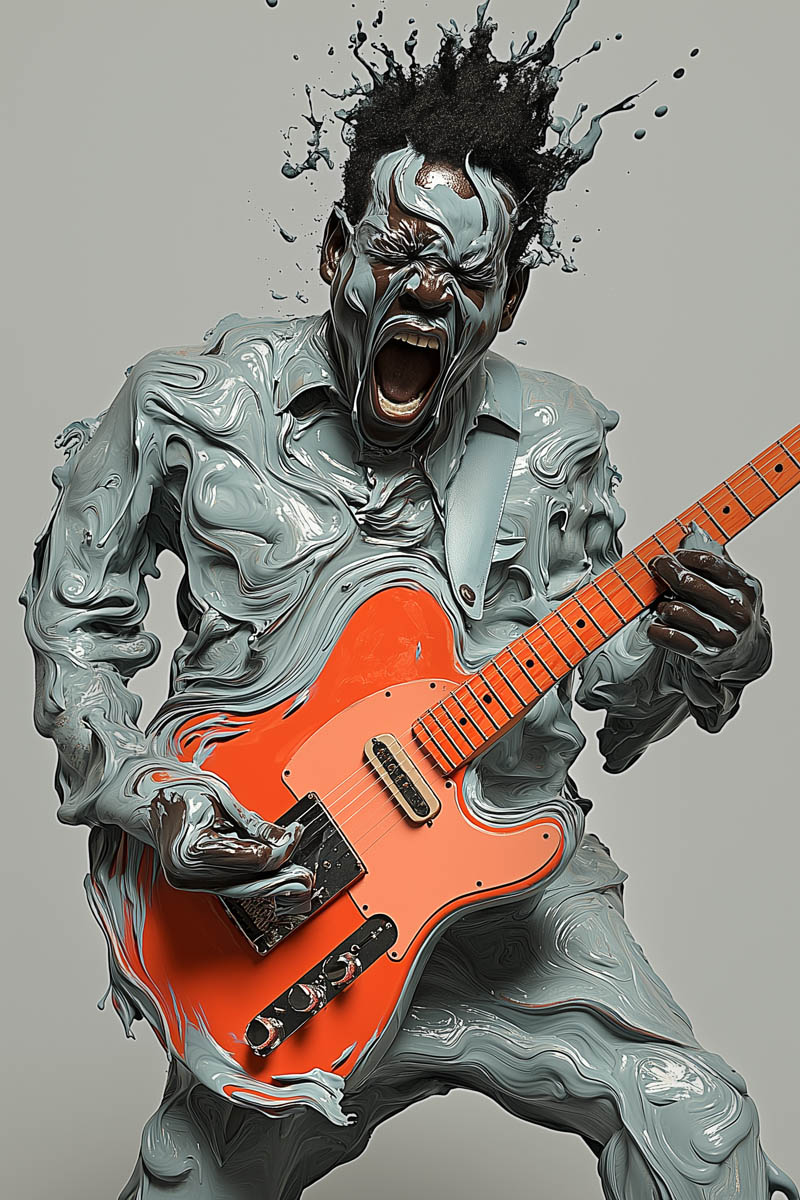
“Experiment like no one is watching…”
The AI community, especially on LinkedIn, has been a constant source of inspiration. It’s like a gathering of curious minds, where ideas flow openly, and collaboration feels natural. The energy is infectious—everyone eager to share, learn, and explore together. That sense of community keeps me motivated and pushes me to keep evolving my work in unexpected ways.
